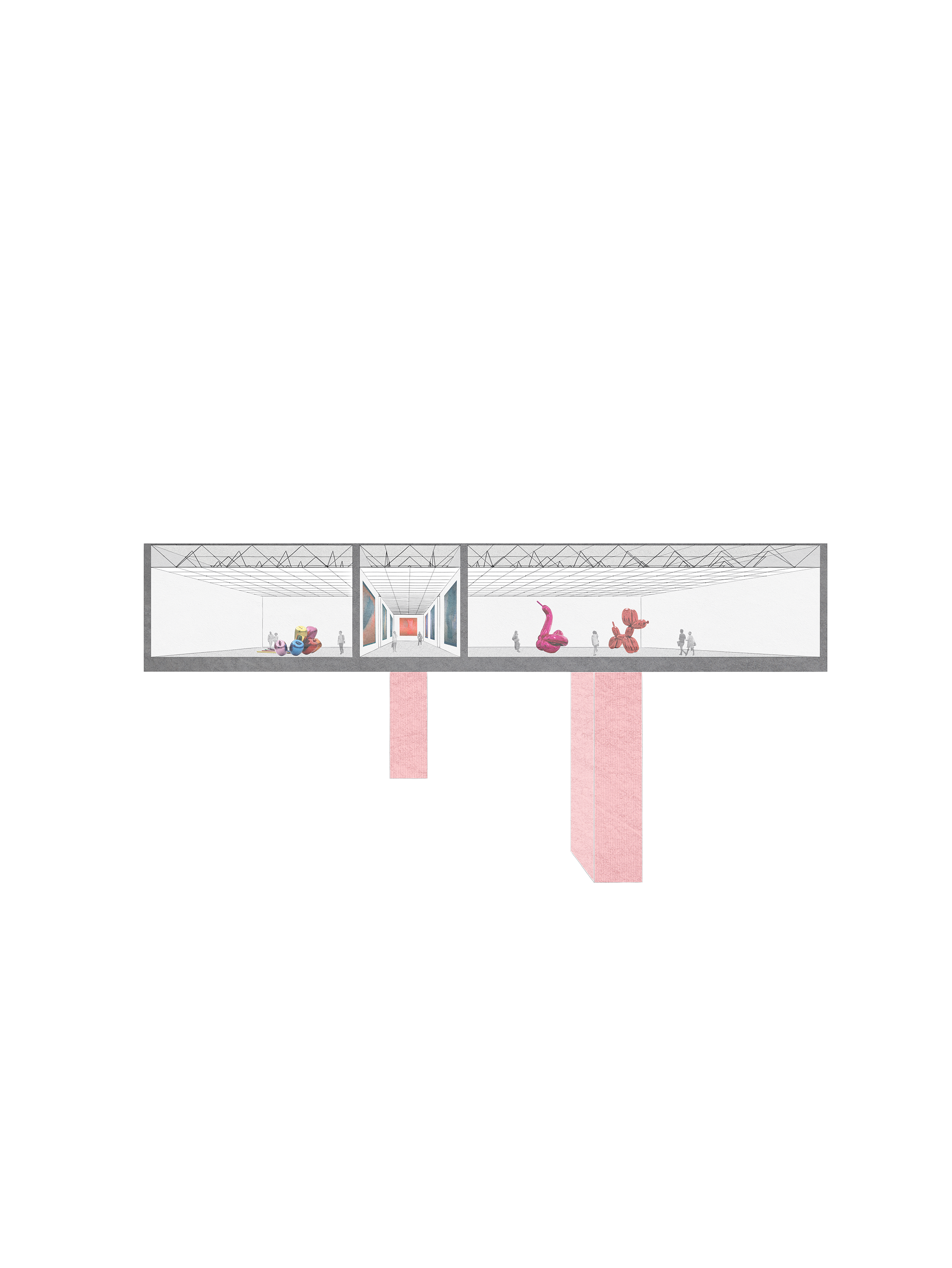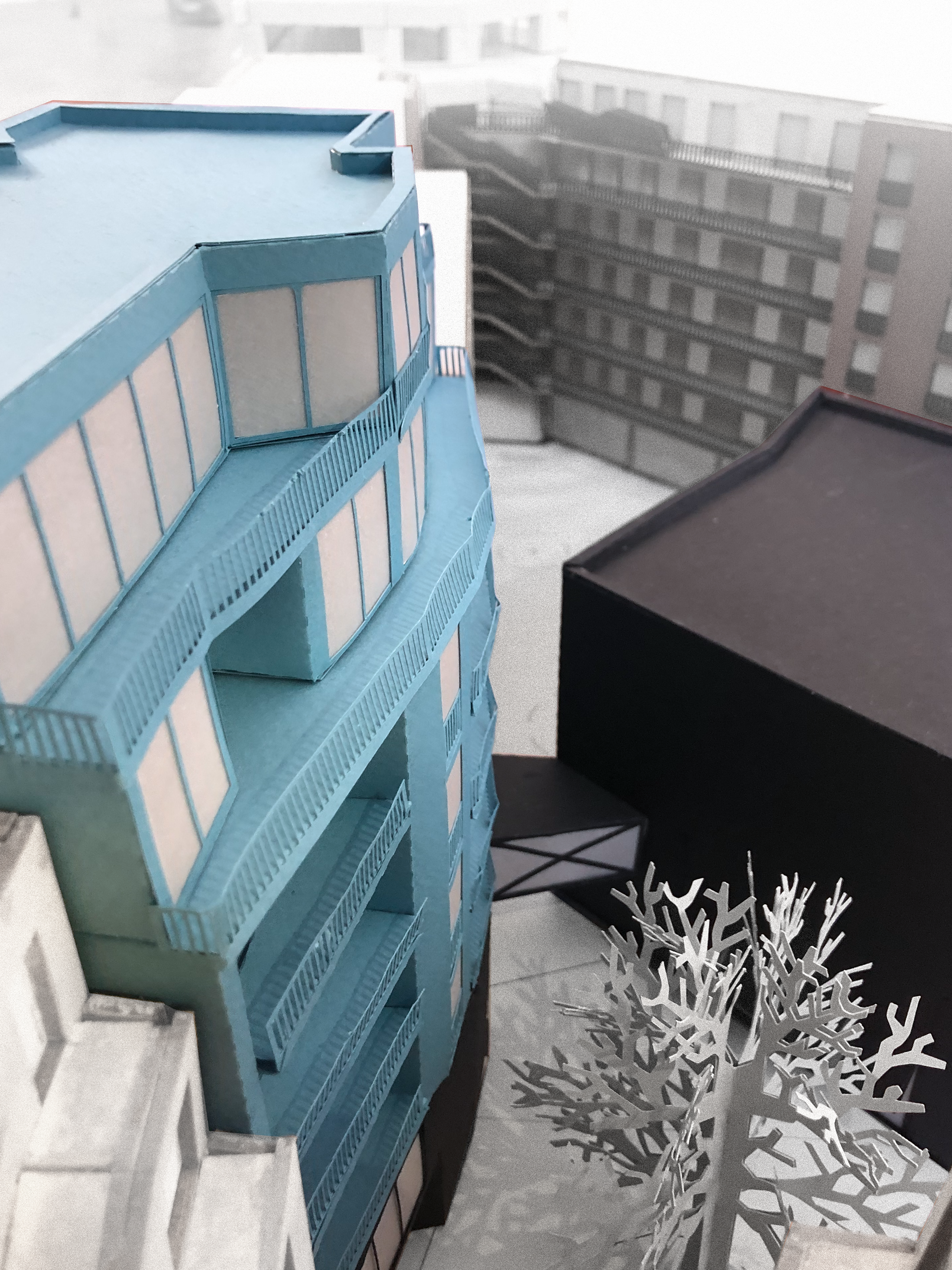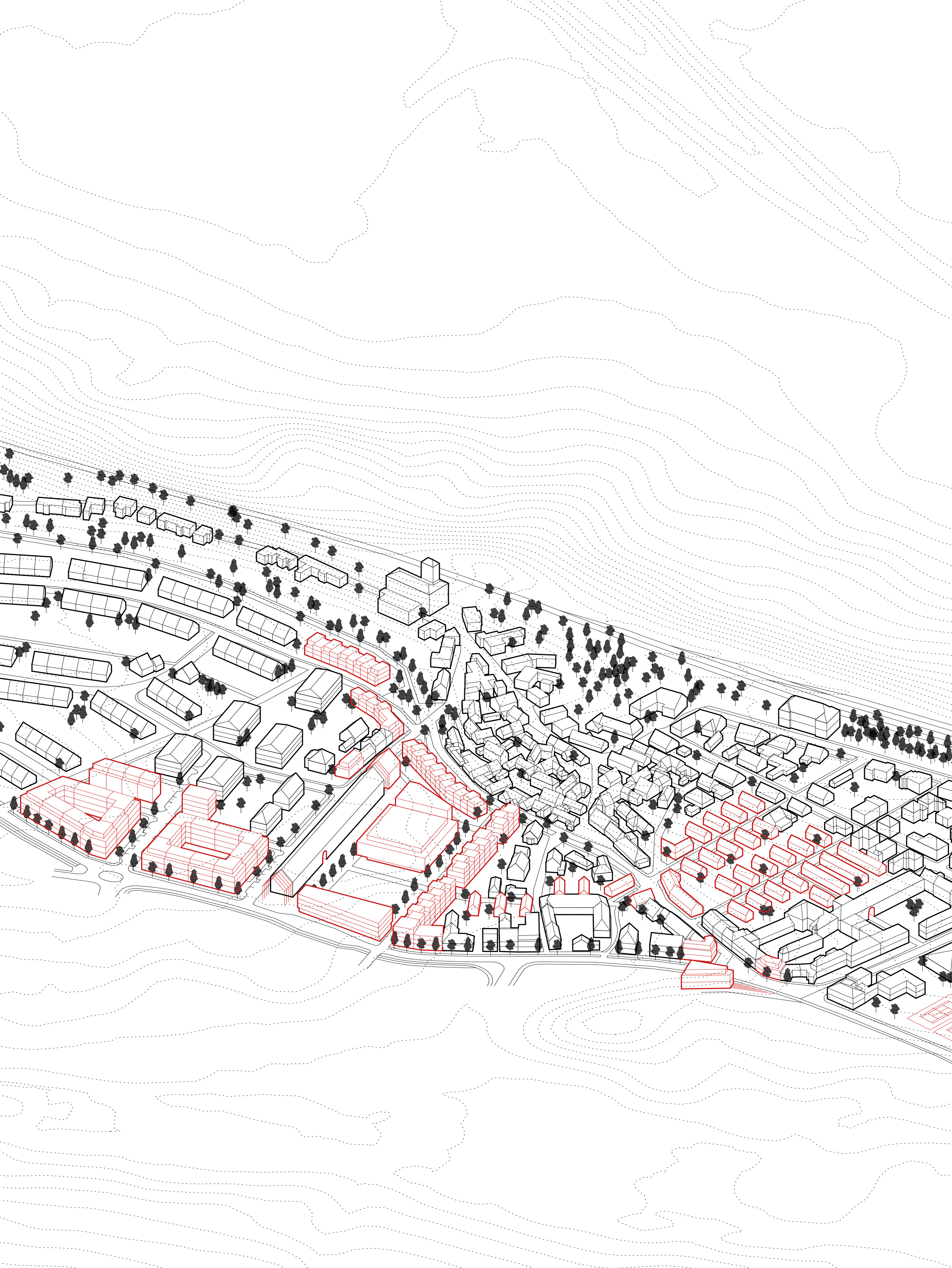peace peas
workshop beyond sustainability/Chalmers/ in cooperation with: Agnes Janfalk, Isabel Waidacher, Miranda Raynolds, Johanna Klocke (2020)
The Al-Ibrahimi Mosque in the centre of the city of Hebron (Al-Khalil), also referred to as The Tomb of the Patriarchs, is said to be the burial site of Abraham and his family. Therefore, the old town, listed as a UNESCO world heritage site, is strongly entangled with the history and culture of both jews and muslims. They’ve been inhabiting the city for centuries, living side by side peacefully. This state ended with the Hebron massacre of 1929 and the resulting evacuation of all jewish households from the city. Only in the late 1960’s would Israeli people return to Heb- ron, first establishing an illegal settlement northeast of the old town and later claiming buildings in the city centre.
There have been tensions between the Palestinians and the Israeli citizens ever since, with attacks and harassment on both sides. After an attack on muslims praying in the Al- Ibrahimi Mosque in 1994, the situation drastically changed: The Israeli army intervened, taking security measures to protect the settlers from any possible harm which basically meant the strict separation of Israelis and Palestinians. In the 1997, in accordance with the Hebron Protocol, the city was divided into the 10 zones H1 which is under Palestinian control, and H2 which is administered by Israeli forces and contains the ancient city centre. About 800 settlers inhabit Hebron today, protected by 2000 soldiers. Approximately 30 000 palestinians live in the same area, being severely restricted in their movements and everyday life by controls, prohibitions and harassments.
The situation is especially tense around the Al-Ibrahimi Mosque, which is shared by both religious groups - each using one side of the building. We decided to locate our project on “Prayer Road”, which leads up to the mosque and is partly divided into a jewish and a muslim side. At present, the division is uneven, with the Palestinian side being approximately half the size of the Israeli side, as well as being used as a trash heap by the settlers.
This makes the road both unsafe and inaccessible, forcing the Palestinians to find alternative routes to their place of worship. We are aware of the complicated situation and the creation of unrealistic solutions. In the first step we keep the division, adjusting it to be the same on both sides. Next, we intervene small objects such as benches, tables and greenery into this barrier so that the whole Prayer Road is at least a little less unpleasant place. Finally, we propose a shakshuka stand as a basis for potential discussion and gradual opening of the barrier. A dish that brings the two groups together. Hence the name peace peas.
_Article 13.1
Everyone has the right to freedom of movement and residence within the borders of each state.
_Article 18
Everyone has the right to freedom of thought, con- science and religion; this right includes freedom to change his religion or belief, and freedom, either alone or in community with others and in public or private, to manifest his religion or belief in tea- ching, practice, worship and observance.
_Article 22
Everyone, as a member of society, has the right to social security and is entitled to realization, through national effort and international co-operation and in accordance with the organization and resources of each State, of the economic, social and cultural rights indispensable for his dignity and the free de- velopment of his personality.
_Article 24
Everyone has the right to rest and leisure, including reasonable limitation of working hours and periodic holidays with pay.
_Article 27.1
Everyone has the right freely to participate in the cultural life of the community, to enjoy the arts and to share in scientific advancement and its benefits.









